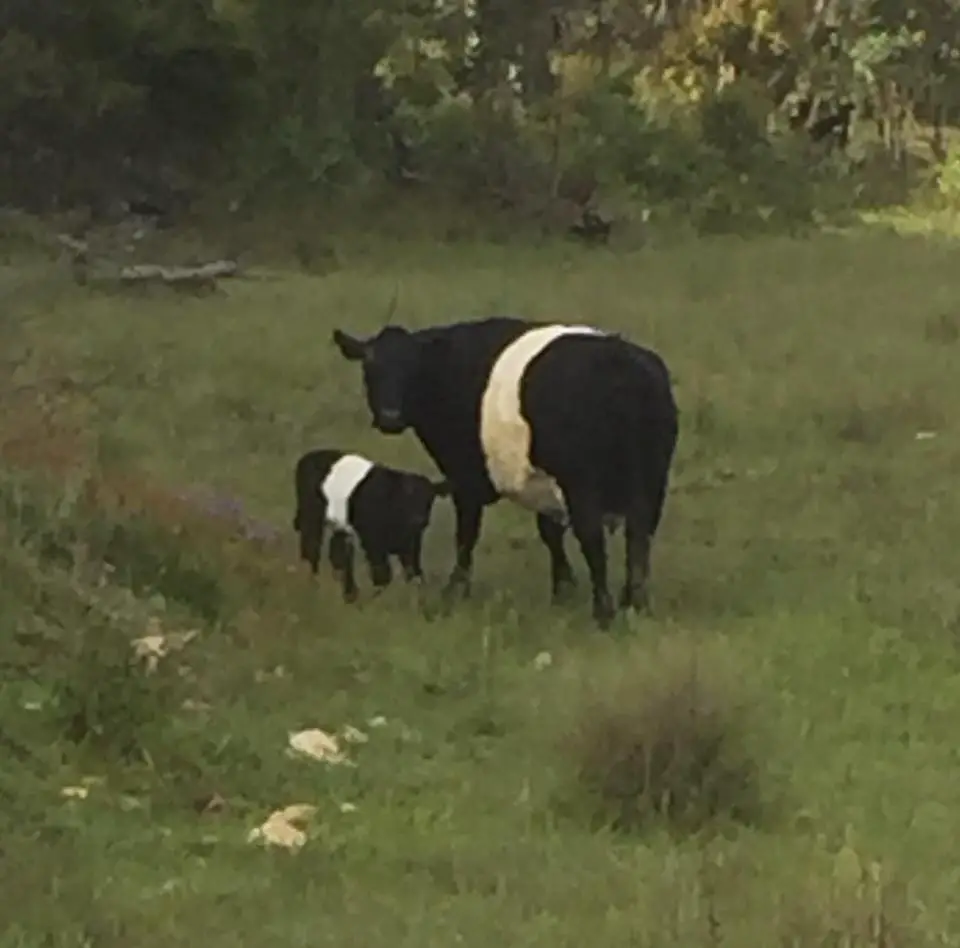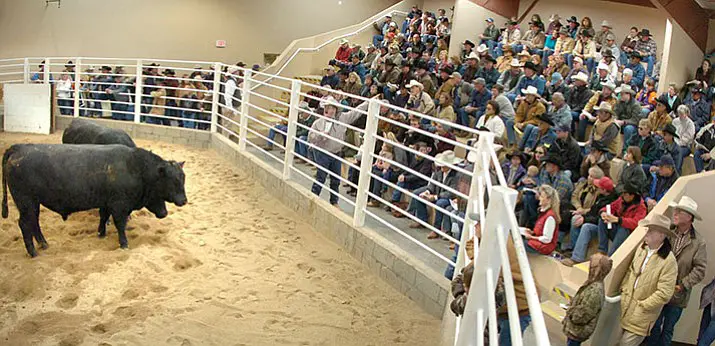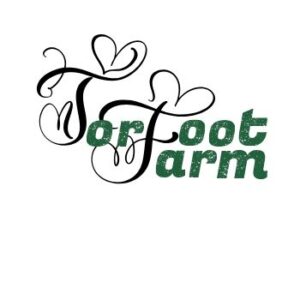
Belted Galloways are a heritage breed of cattle originating from Scotland. They make fantastic pets or house cows as well as being bred for both beef and milk. Owning both average house style cows and breeding for pedigree I have found there is a lot more to the purchasing than just the price.
The cost of cattle can vary from year to year depending on a lot of things including weather, quality of feed, the quality of animals being offered for sale, the country and, the age and sex of the animal. A prime cow without registration could cost you around $1000, a registered bull could be anywhere from $4000 upwards and a newly weaned calf several hundreds of dollars. Before you rush off to the sale yard there are several things you might want to consider first.
What dictates the price of cattle?
Cattle prices vary from region to region and based on age, weight at sale, breed, and whether they are beef cattle or dairy cattle. The cost of preparing an animal for sale also comes into the mix. At a sale yard, you can expect to be involved in an auction-based on weight. Bidding will seem very cheap initially but don’t get to carried away with the process. When the animal goes over the scales the price is then calculated by multiplying the final bid price per kilogram in Australia and per hundredweight in the United States of America by the actual weight of the animal. So it can become quite expensive if you have just bid $3.30 per kilogram for a 1000kg animal. Always be aware of the approximate weight of the intended purchase and do some mental arithmetic to be sure you stay within your budget.
What do I need to know before I buy cattle?
In Australia, in order to own livestock, you must first register your property with the Department of Primary Industries in your state for a Property Identification Code or PIC. Here is a link to the relevant information for Australia.
In the USA each state has either a Premise Identifcation Number (PIN) or a Location Identifier. A PIC, PIN or LID is a unique code that is permanently assigned to a single physical location. This registration is administered by each State and allows animal health officials to quickly and precisely identify where animals are located in the event of animal health or food safety emergency. In all cases these identifiers are required to purchase official animal identification tags and in some cases to authorise transport and sales of animals. Best to check with your relevant authority to see what is required in your situation.
Here is a link to the relevant site for your state in the USA.
How much land does your cow need?
Depending on your climate you may get away with as little as 1 acre per 500lb or 250kg of cow. That means a fully grown Belted Galloway Female with good pastures would need around 2-3 acres of land but if you plan on your cow having a calf anytime in the future you better be thinking of adding at least the same amount again of land. The reason for this is that the cow while pregnant and later while feeding her calf will need extra food and water. The calf will not stay on milk alone very long either so it will need access to additional land for grazing as well.
Now Belted Galloways are really good at foraging and will eat a lot of pastures that other cattle wont so don’t panic if you don’t have the rolling green pastured hills of Scotland to work with just make sure there is sufficient ground cover all year round or you will be forking out big money on feeding your cattle.
Does the cow need anything else?
Depending on where you live Belted Galloways are pretty hardy and don’t really need extra shelter but if you get deep snow falls and have a prolonged winter it is probably wise to have them in their own barn for the winter. This will stop them walking a long way looking for food which will mean they will stay in much better condition.
How are your fences? Cattle generally need reasonable quality fencing to keep them in a defined area. You will also need to ensure they have access to good clean water when they want it. Generally speaking most farmers do not allow cattle to direct access ponds, dams or creeks as they can create damage or get stuck. So consider how and where your cattle will access drinking water.
What is the purpose for your purchase? That is to say – will you be breeding beef, homesteading, milking etc. Your answer to this question will help to determine the cows needs to a large degree. If you are going to milk the cow you will need appropriate facility to acheive this.
Apart from the information above you will need to consider how you will work with the animal. For example – will you need additional equipment such as a loading ramp, mobile yards, and a crush or headbale?
Where to go to purchase?

Heritage breeds don’t often come up for sale in the sale yards unless there is a number of breeders of both commercial and premium quality in the district. One way to find out is speak to the local stock and station agent or your local produce store to find out who is doing what in the area. You might try craigslist or your local buy swap and sell sites as well to get an idea of who might be around and the local prices. But don’t buy an animal on these sites unless you have checked out the animal personally and know its history ie with the local vet. You may be buying someone else’s problems.
You may find a local breeder close to home if you are lucky and you will be able to speak to them usually directly. So no agent fees or commissions will be added to the final price.
If you get stuck, reach out!
Reach out to the local breeders association in your area. In Australia, there are two herdbook associations The Belted Galloway Association and The Galloway Association both are reputable and happy to help put you in touch with breeders of both commercial and registered cattle.
In the USA the American Galloway Breeders covers both USA and Canada and the Western Belted Galloway Association covers the 13 Western States of America.
If all else fails feel free to reach out to us via our contact form and we will endeavour to assist you.
References
http://www.dpi.nsw.gov.au/__data/assets/pdf_file/0019/96202/full-hand-feeding-of-beef-cattle-quantities.pdf
https://www.vff.org.au/vff/Documents/Livestock%20Resources/DEPI%20Fire%20Recovery%20-%20Feed%20requirements%20for%20beef%20cattle%20FINAL.pdf
www.beltedgalloway.org.au
www.gallowaycattle.com.au
